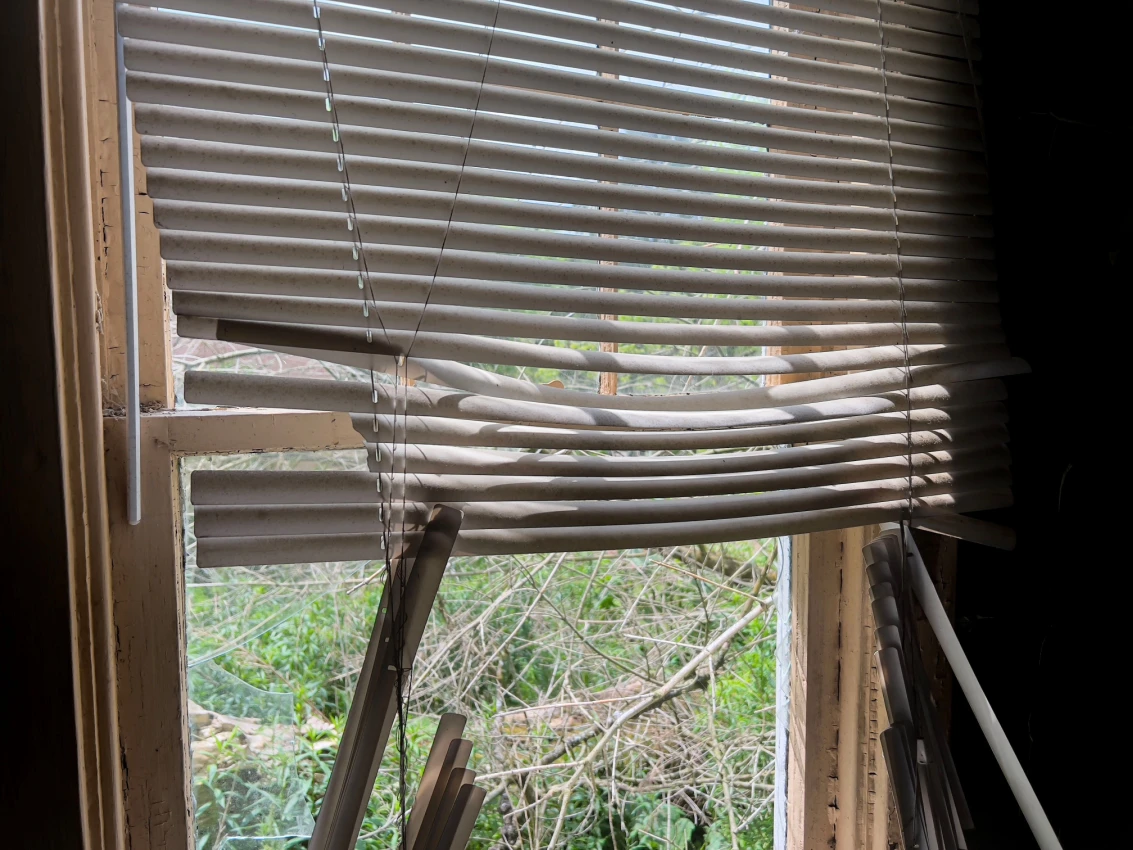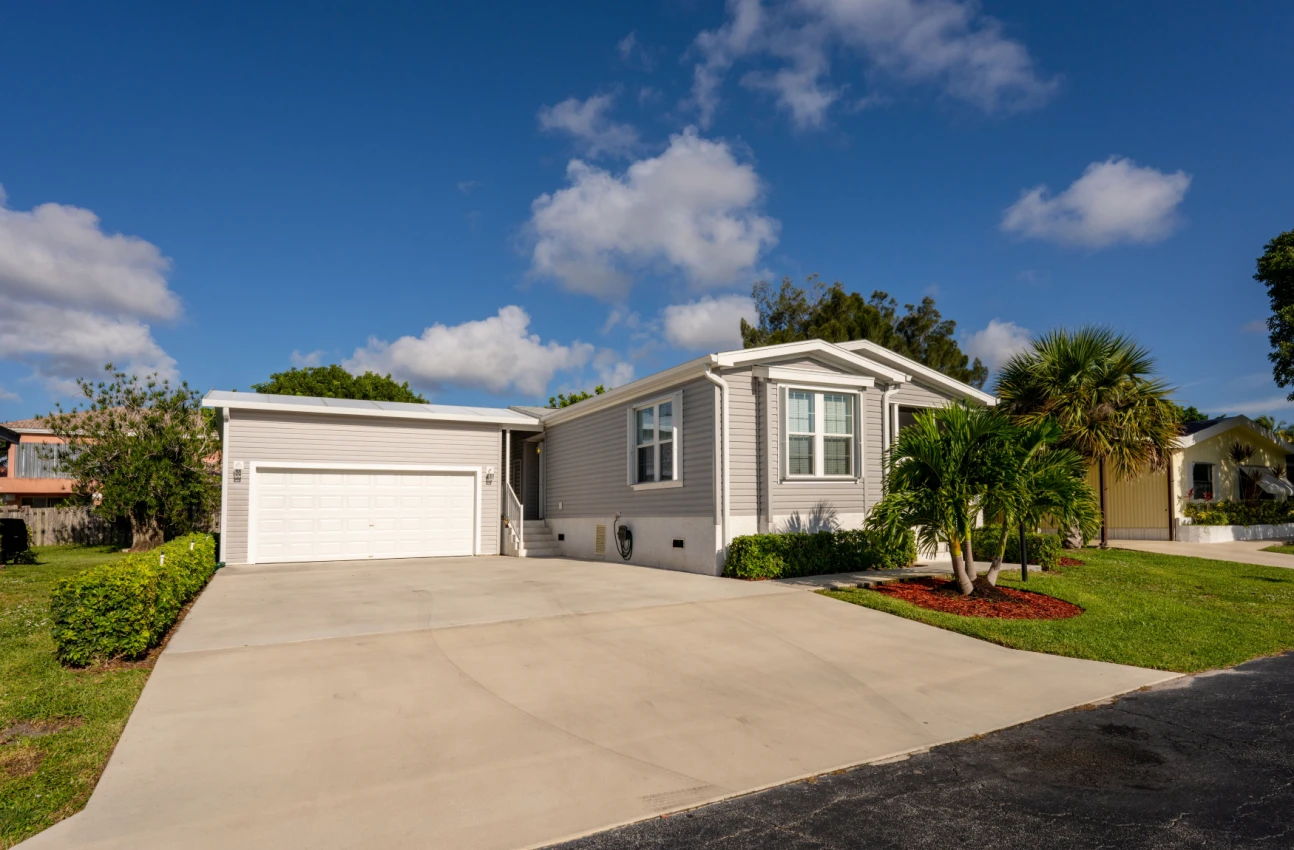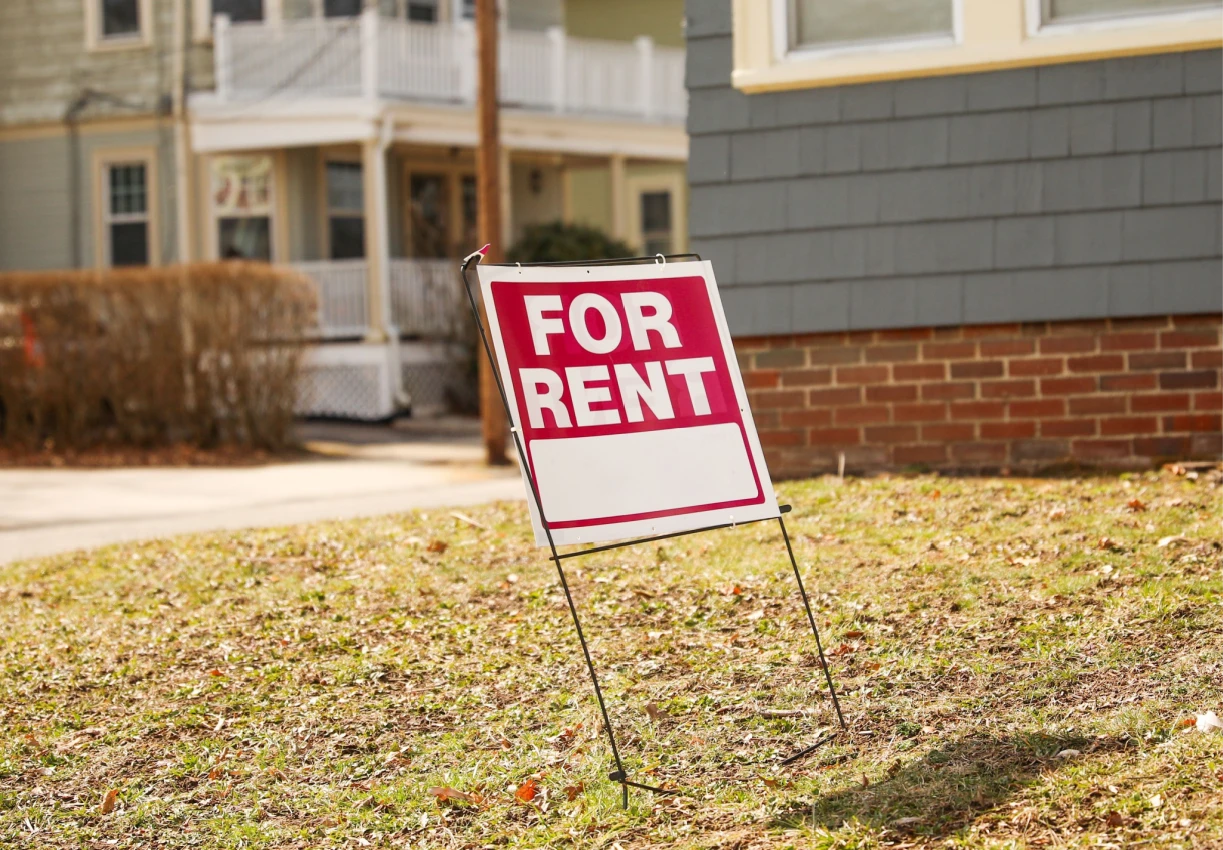Is that something tenants have to pay for?

Are Broken Blinds Normal Wear and Tear?
The lease is ending, and it’s time for both landlord and tenant to assess the space, checking for damage, worn-out features, and anything that might affect the security deposit. Then come the blinds. A few bent slats. Maybe some frayed cords. Or, possibly, one’s not working at all.
Finally, suddenly, the question pops up: Are broken blinds normal wear and tear, or is that something tenants have to pay for?
It’s a small detail that can cause a lot of back and forth. So, in this guide, we’re breaking down what landlords and renters need to know—what counts as wear, what counts as damage, and how to avoid the stress altogether. Read below to learn more.
Main Takeaways
- Normal wear and tear includes aging, sun exposure, and everyday use, while tenant damage results from rough handling, pets, or neglect.
- Landlords should clearly define responsibilities in lease agreements, conduct inspections, and maintain records to prevent disputes.
- Establishing expectations upfront helps avoid security deposit conflicts and ensures smoother move-out processes.
What is “Normal Wear and Tear?”
“Normal wear and tear” is simply a fancy way of describing the natural signs of aging that show up when someone lives in a home. It’s not about being careless. Rather, it’s just what happens over time, even if the tenant is doing everything right. In fact, it’s a common point of discussion for property management companies in Baltimore, especially when figuring out what should (and shouldn’t) come out of a tenant’s security deposit.
Think about it like this: if you live in a place long enough, things are going to fade, loosen, or get a little worn out. That’s normal. It doesn’t mean anything was damaged on purpose.
Here are some common examples of normal wear and tear:
- Paint is slightly fading or getting dull
- The carpet is showing signs of use in the walkways
- Blinds slowly fading from the sun
- Pull cords on blinds fraying after years of use
- Small nail holes from hanging pictures
Generally, landlords cover the cost of fixing these things. They’re not considered tenant damage—they’re just part of the home aging naturally.
So, when it comes to blinds, if they’ve been used gently and are just a bit worn or faded, that’s usually normal wear and tear, not something a tenant should be charged for.
Need Legal Help?
Chat with a real estate lawyer near you. It’s only $5 for a 1-week trial. Ask unlimited questions.
Common Causes of Broken Blinds: Wear or Tenant Damage?
Since we’re answering the question “are broken blinds normal wear and tear?”, it helps to look at what actually causes them to break in the first place. Blinds go through a lot during a lease—daily use, sun exposure, maybe even a curious pet. But not every broken blind is a result of tenant damage. So, here are some of the most common causes of broken blinds—and whether they’re more likely to fall under normal wear and tear or damage:
Sun Damage: Over time, sunlight can weaken and fade blinds, especially plastic ones. They may get brittle, discolored, or warped. We usually consider that normal wear and tear.
Frequent Use: It goes without saying that blinds that get pulled up and down daily will eventually show signs of age. Cords may fray or mechanisms may loosen. Typically, this falls under normal wear and tear—unless they’re yanked hard or misused.
Pets or Kids: On the other hand, if a child bends slats while playing, or a pet chews through the bottom of the blinds—well, that’s a different story. Most landlords consider this tenant damage.
Rough Handling: Twisting slats the wrong way, pulling cords too hard, or forcing mechanisms to work can break blinds quickly. If tenants do this, it’s very likely going to be considered tenant damage.
Poor Maintenance: Dust and debris buildup can cause cords to jam or slats to get stuck. At first, it might seem minor, but if tenants never clean or report them, it can lead to bigger problems. When this happens, it could become the tenant’s problem, especially if they never notified their landlord or property manager. Most leases require renters to report maintenance concerns early so they can be fixed before turning into real damage.
Landlord Responsibilities for Broken Blinds
In most rentals, landlords are responsible for handling repairs that fall under normal wear and tear, and that includes blinds that have aged naturally over time. That said, landlords also play a key role in setting the tone early. Here’s what responsible landlords should be doing:
- Incorporate clear lease language about blinds, window treatments, and who’s responsible for what. Specify whether tenants can install their own window treatments and outline any restrictions to maintain uniformity and property aesthetics. Make sure responsibilities for repairs, replacements, and removal upon move-out are clearly defined to prevent disputes.
- Inspect regularly to catch small issues early (especially during routine maintenance checks). Look for signs of wear and tear, such as broken slats or malfunctioning mechanisms, to address problems before they escalate. Regular inspections also provide an opportunity to remind renters of proper usage and maintenance practices.
- Respond promptly when tenants report blind-related problems—don’t let a fixable issue turn into a bigger one. Address minor repairs quickly to prevent safety hazards, such as blinds falling or cords becoming tangled. Furthermore, making timely responses also demonstrates you’re reliable, fostering positive tenant relationships and increasing lease renewal rates.
- Keep records—photos, notes, and maintenance logs—to help avoid confusion when the lease ends. Documenting the condition of window treatments upon move-in and throughout the tenancy provides clear evidence in case of disputes over damages. Organized records can also streamline the turnover process, ensuring the next tenant receives well-maintained blinds.
- From a property management perspective, we feel that staying on top of these responsibilities isn’t just about protecting the unit—it’s also about protecting relationships with tenants. Clear expectations = fewer deposit disputes down the line.
When Are Tenants Responsible for Broken Blinds?
Essentially, renters are responsible for broken blinds when the damage goes beyond normal wear and tear. That means if the blinds were broken due to misuse, neglect, or rough handling, it’s typically not something the landlord is expected to fix.
Furthermore, they may also be held responsible if they installed the blinds themselves. In most cases, renters who choose to put up their own blinds are expected to maintain or replace them if they break.
Most leases include language that requires tenants to care for the property and report maintenance issues early. Ignoring a problem or causing damage through carelessness can result in charges at move-out.
Broken Blinds — Wear and Tear vs. Tenant Damage
Not sure how to tell the difference? Here’s a quick table you can use to check:
Situation |
Normal Wear and Tear |
Tenant Damage |
| Blinds faded from sun exposure | ✔️ | |
| Pull cord frayed over time. | ✔️ | |
| Blind slats slightly bent after years of use. | ✔️ | |
| Blind slats snapped from rough handling. | ✔️ | |
| Pets chewed the bottom of the blinds. | ✔️ | |
| Tenant installed blinds and didn’t maintain them. | ✔️ | |
| Dust caused the blinds to jam, and tenant never reported it. | ✔️ | |
| Blinds broke during move-out due to mishandling. |
✔️ |
On the surface, blinds might seem like a small detail, but they often raise big questions, especially when a lease ends. The key is knowing the difference between normal wear and tear and tenant damage. If the blinds aged naturally, the responsibility usually falls on the landlord. But if the tenant broke them by misusing them or not tending to them, landlords may expect renters to cover the cost.
Source: Bay Property Management Group
Disclaimer: All content provided here-in is subject to AAOA’s Terms of Use. Nothing contained on this website constitutes tax, legal, insurance or investment advice, nor does it constitute a solicitation or an offer to buy or sell any security or other financial instrument. AAOA recommends you consult with a financial advisor, tax specialist, attorney or other specialist who is able to properly advise you.















 Accessibility
Accessibility